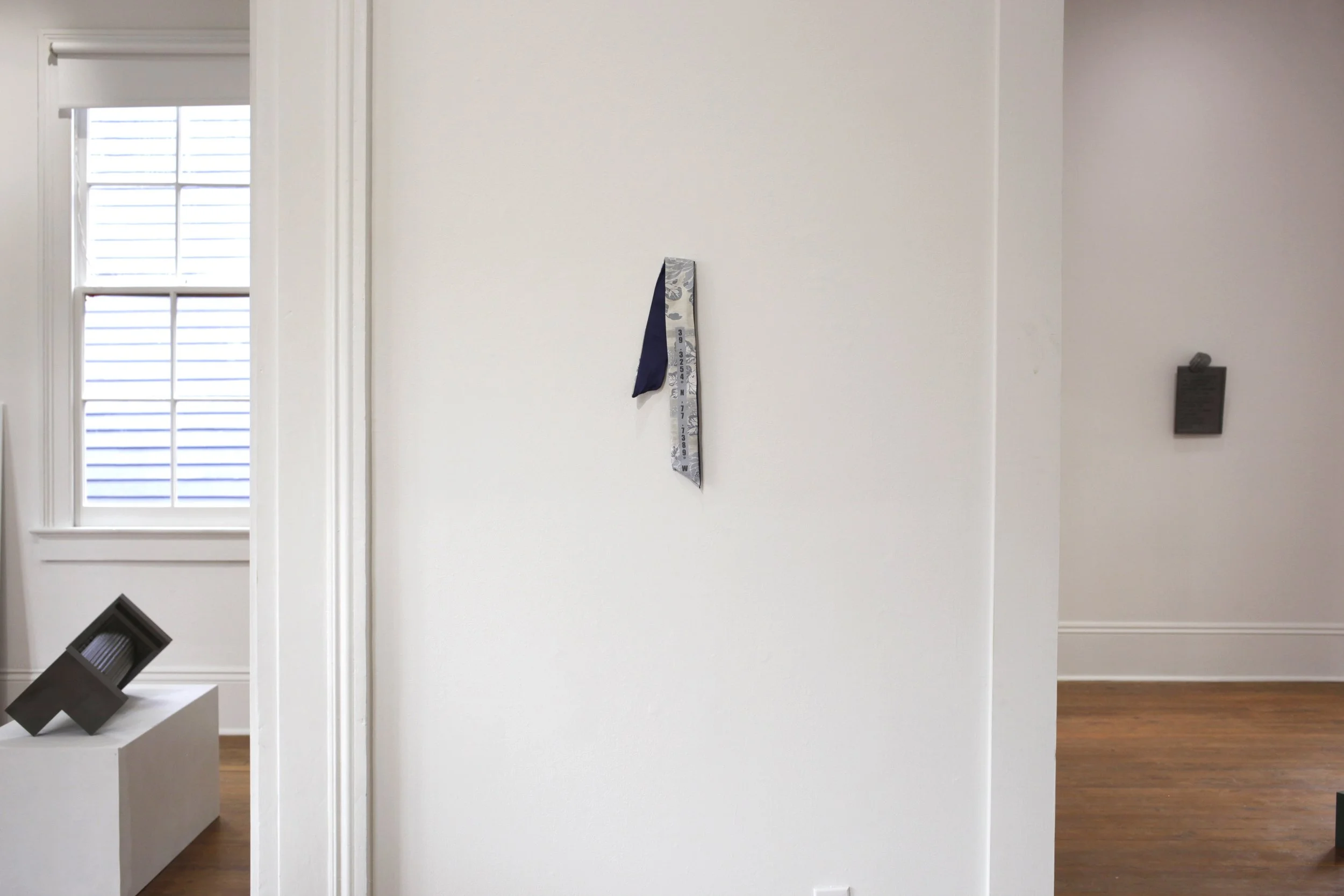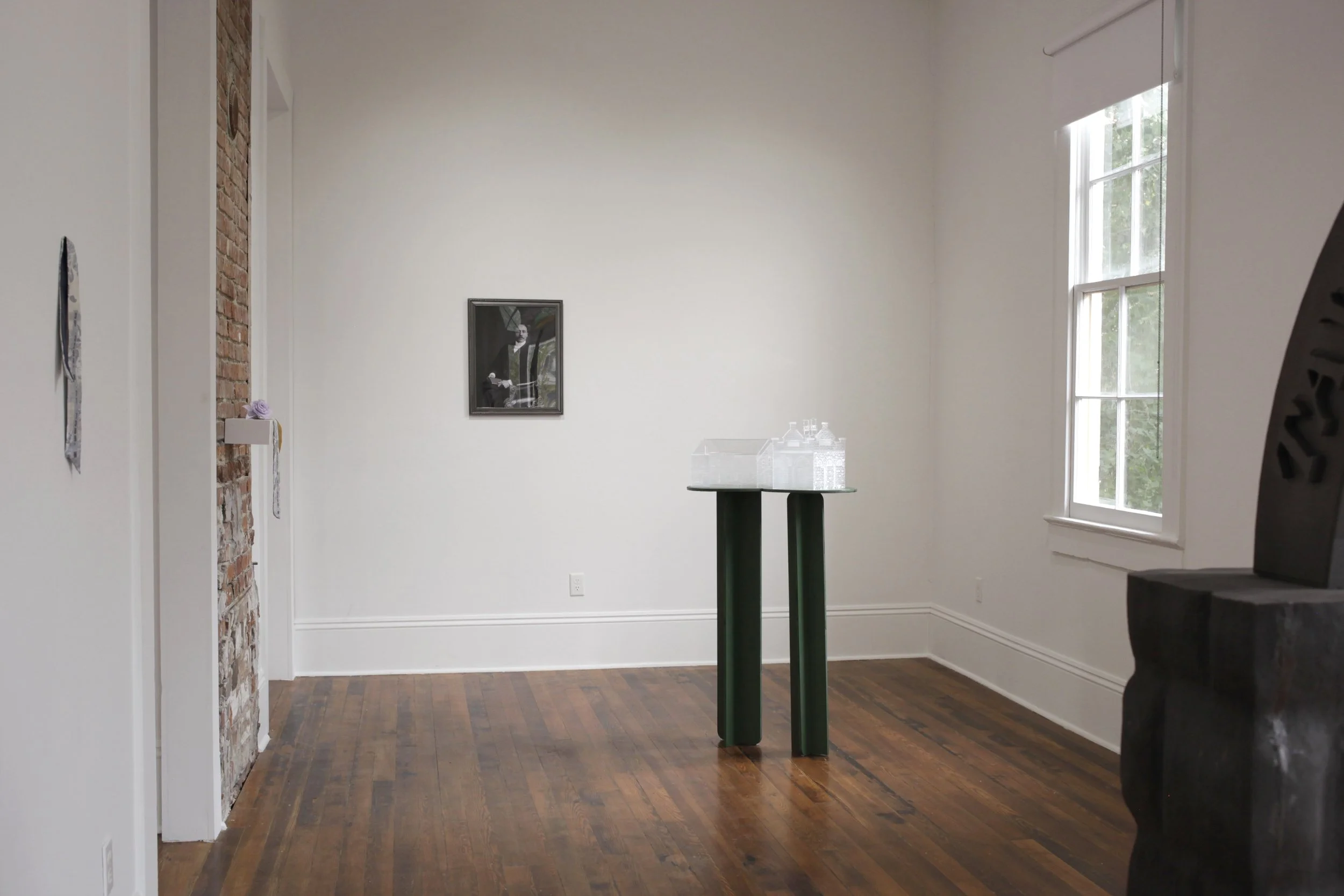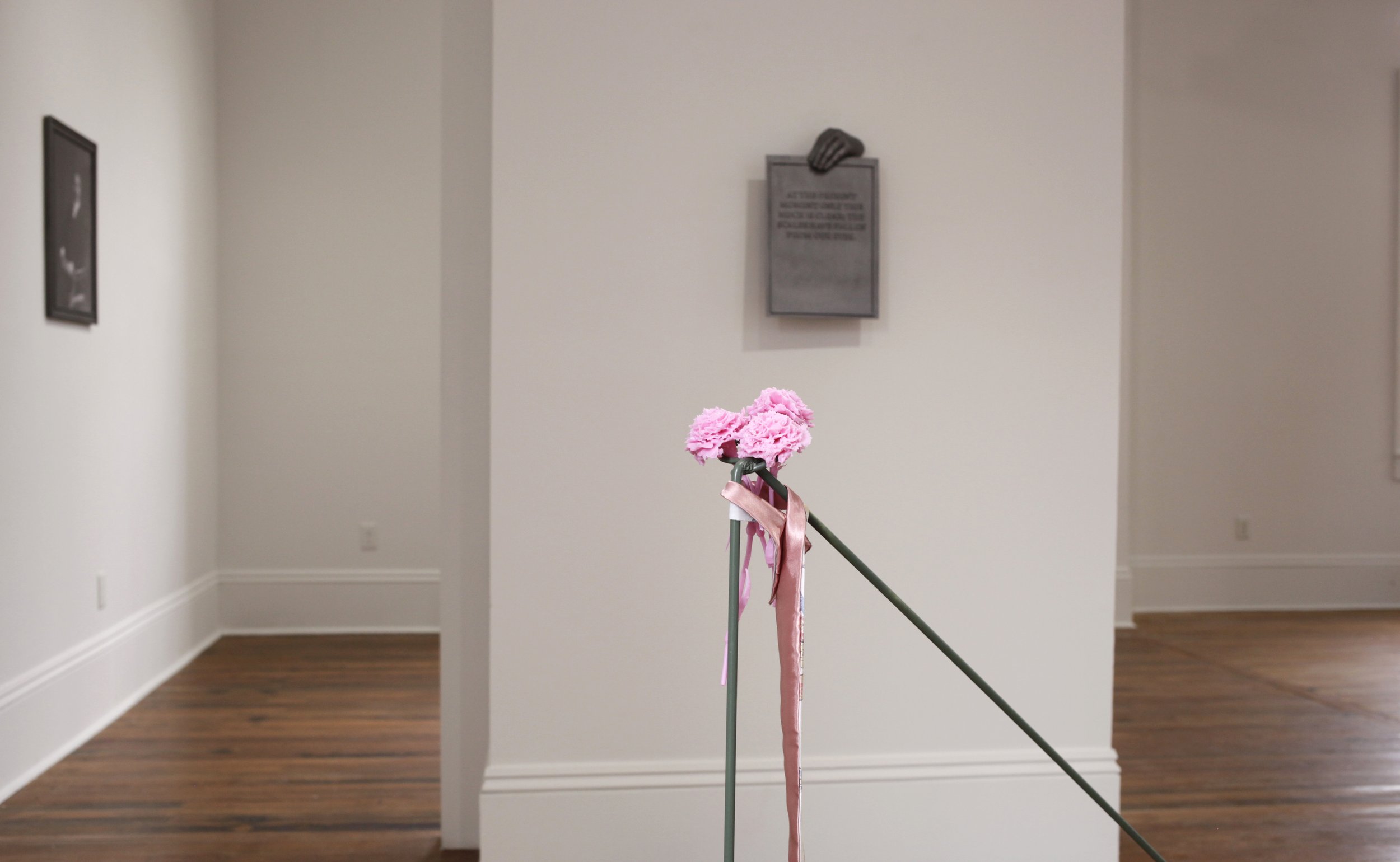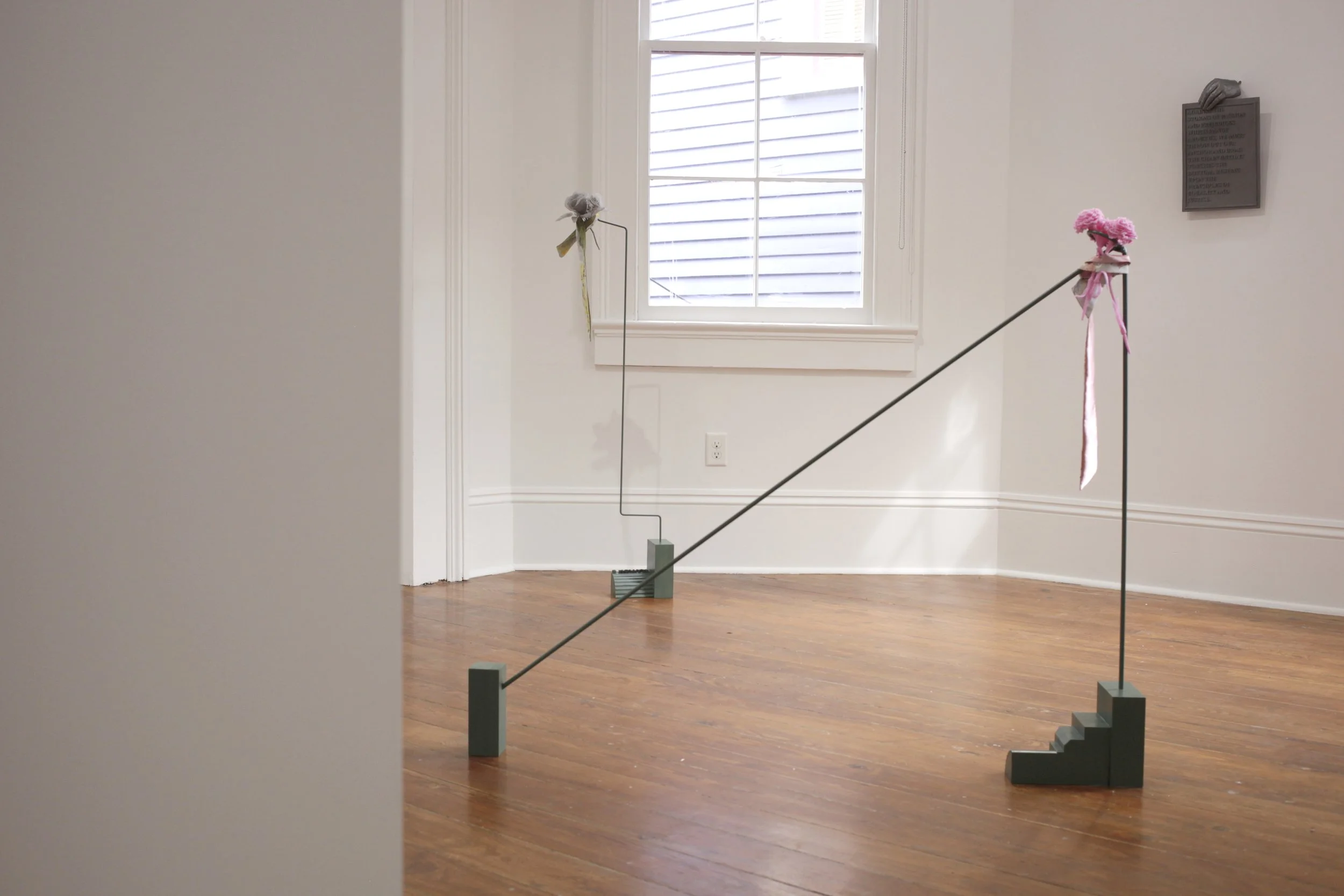










“No weak and ordinary voice can call the nation back to a sense of justice.”
- Reverdy C. Ransom, The Spirit of John Brown, 1906
No Weak and Ordinary Voice examines the artist’s family history and its links to the Civil Rights movement in the early twentieth century. Focusing on Ransom’s great-great-grandparents, this exhibition explores Reverdy C. Ransom’s sixty-year career of activism as an early founder of the Niagara Movement, in partnership with his wife Emma. The sculptural practice of Britt Ransom explores the transformation of data and material through digital fabrication processes such as 3D scanning, 3D printing, laser cutting, and CNC milling. While earlier works have employed these methods to analyze human, animal, and environmental relationships, No Weak and Ordinary Voice utilizes them to examine the artist’s familial history and its links to the Civil Rights movement in the early twentieth century. In doing so, Ransom connects her earlier work on hierarchies of power between human and non-human agents to other systems of oppression that mirror societal issues we are facing today.
No Weak and Ordinary Voice is centered on a speech given in 1906 by Reverdy titled “The Spirit of John Brown,” delivered at the second meeting of the Niagara Movement, the precursor to the NAACP. This speech was a key catalyst in the early fight for Civil Rights in the United States. More than100 years later, the artist examines this history and its impact on the present through the visual language of removed monuments, historic site plaques, and digitally fabricated state flowers presented with their coordinates to refer to other critical speeches and gatherings during this time. No Weak and Ordinary Voice includes sculptural references to the Tawawa Chimney Corner House, the Ransom’s home located in Wilberforce, Ohio. This nationally registered site became the cornerstone of Reverdy and Emma’s activism, bringing them in contact with key activists of the day including W.E.B. DuBois, Ida B. Wells, and Jane Adams as well as President Franklin D. Roosevelt. A multigraph portrait of Emma - an early photography technique that used mirrors to capture a sitter’s image multiple times, and digitally re-created images referring to the sculptural works implicate the continuous cyclical histories of inequality.
Images by Melissa Tran